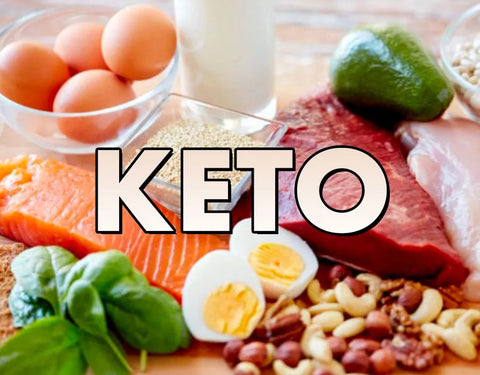Many people have very legitimate questions before purchasing a protein powder. Here, I'll try to explain the most popular protein powders on the market as simply as possible.
Whey protein
Whey protein first comes from milk, but more specifically from whey, which is the liquid residue from the production of cheese and other dairy products. This liquid then undergoes a filtration and drying process, resulting in the product better known as whey. Most whey protein on the market has a protein percentage between 60% and 80%. It's important to note that whey protein still contains a small amount of carbohydrates, fat, and lactose. It's an entry-level protein that's generally suitable for people who aren't lactose intolerant and have excellent digestion.
Whey Isolate
The protein called Isolate is a protein that has been filtered and processed from whey protein to remove fat, carbohydrates, and lactose. This protein has a higher bioavailability than whey and is much more easily digested and assimilated. It will be the choice for anyone with certain digestive difficulties, people who experience discomfort following the intake of dairy products since it no longer contains lactose, as well as any athlete looking for the best source of protein to optimize their recovery. The concentration of this type of protein varies from 90% to 97%.
Beef protein
Beef protein is made from, you guessed it, beef. It therefore contains no dairy products. It is made from hydrolyzed beef collagen. Despite the purity of whey isolate, some people may experience some discomfort when digesting it. We often direct these people to beef protein, which is very digestible. However, the typical amino acid profile of this protein remains less interesting than whey since it contains less leucine, the most anabolic amino acid. So for the goal of gaining muscle mass, protein isolate remains a better choice if you can digest it well.
Plant protein
Plant-based protein can come from a variety of sources. Its production primarily comes from rice, peas, and hemp. The concentration of this protein can vary greatly, ranging from 50% to 90% protein. It's therefore important to read the product's nutrition label to ensure it meets your goals. It's important to note that this protein contains no dairy or animal products and is very easy to digest. However, its creamier texture may require some adjustment compared to whey and beef protein, which have very liquid textures.
Cricket protein
This latter protein offers excellent bioavailability and has a much smaller ecological footprint than milk and beef proteins. The texture of the protein is similar to that of plant-based proteins and requires a slight adaptation if you are used to whey proteins.
Casein protein
The protein called casein also comes from whey. The main difference is the digestion time it requires. Many people can take up to 8 hours to digest it. This makes casein protein an excellent choice for long periods without eating and before bed for people who are gaining muscle mass. The most popular on the market is the micellar form, which is naturally isolated from milk without chemicals.

After a workout, I look for a protein that is quickly absorbed and digested as easily as possible, given that the body is still under stress. I always opt for a protein isolate. I take either XPN's ISO XTREME chocolate flavor or the CAPPUCINO FLAVOR ISOLATE, available in bulk.
If I'm in a mass gain period, I'll opt for Allmax Casein FX in the evening before bed.
Don't hesitate to share any food intolerances or questions with your advisor at Shop Santé so that they can guide you towards the best protein for you!





Comments (0)
There are no comments for this article. Be the first one to leave a message!